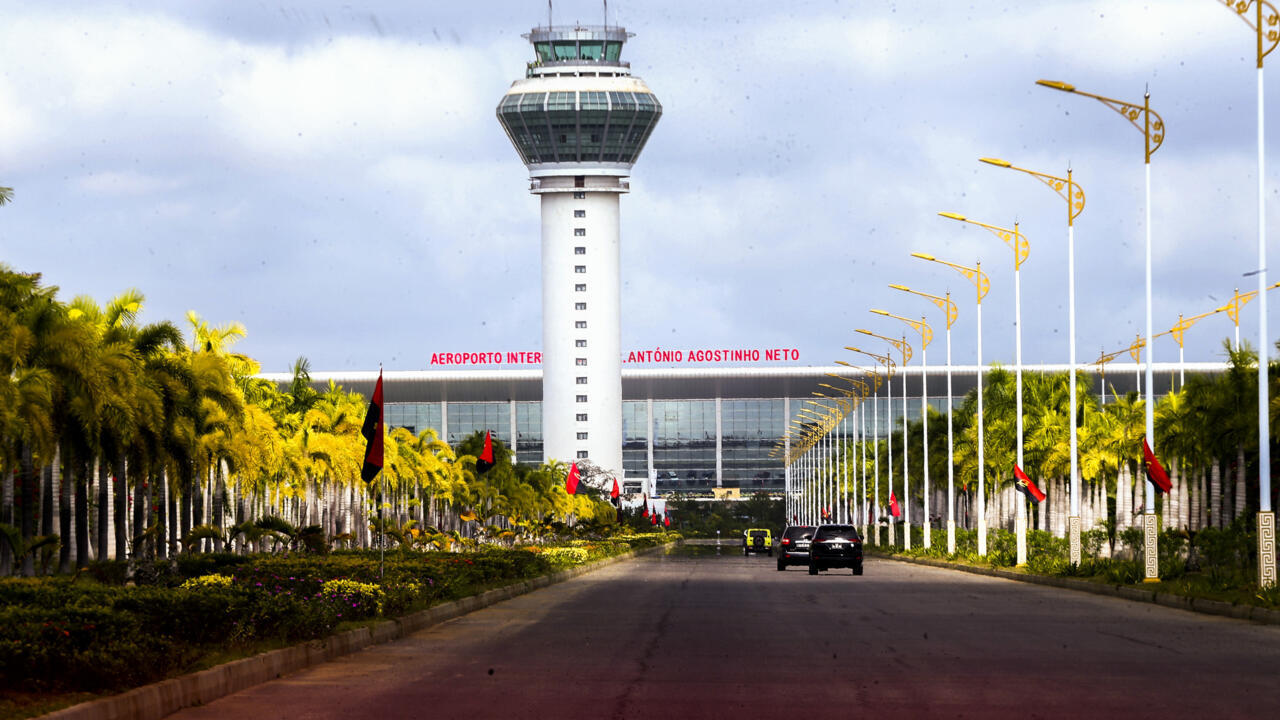In a groundbreaking discovery, archaeologists have successfully unraveled the identities of human remains in an ancient Greek royal tomb, shedding new light on one of the most historically significant skeletons in Europe. A study published in the Journal of Archaeological Science: Reports reveals that the skeletons found in the “Great Tumulus” at Vergina in northern Greece belong to none other than Alexander the Great’s father (Philip II), son (Alexander IV), and half-brother (Arrhidaeus Philip III).
The Great Tumulus, part of the vast necropolis of Aegae, has been a subject of scholarly debate for decades regarding the occupants of its royal tombs. Recent investigations, combining skeletal analysis and historical data, led to the conclusion that Tomb I houses the remains of Philip II, while Tomb II is identified as the resting place of Arrhidaeus.
Tomb III is widely accepted as belonging to Alexander IV, the teenage son of Alexander the Great. This breakthrough not only clarifies the occupants of these ancient tombs but also challenges traditional speculations, suggesting that certain artifacts, such as armor found in Tomb II, may have belonged to Alexander the Great himself if this is indeed the Tomb of Arrhidaeus, not Philip II. The findings add a fascinating chapter to the rich tapestry of ancient Greek history, providing a glimpse into the lives and familial connections of these legendary figures.














